
Little Egret
Egretta garzetta


Egretta garzetta

The Little egret is a rare and enchanting visitor to New Zealand's shores. This small, elegant white heron is a treat for keen birdwatchers. With its slender build and graceful movements, the little egret adds a touch of delicate beauty to our coastal wetlands.
1. Pure white plumage with a long, slender black bill
2. Distinctive yellow soles of the feet contrasting with black legs
3. Active hunting behaviour, including foot-shuffling and wing-flicking
Little egrets are master hunters, using various techniques to catch small aquatic creatures. They may stand still and wait, or actively chase prey by running with raised wings. While they breed in colonies elsewhere, there are no breeding records in New Zealand. Their rarity here makes each sighting special for local birdwatchers.
Little egrets can be found in the North and South Islands during migration. Look for little egrets in coastal areas, particularly in estuaries and shallow tidal flats, though they can also be found in freshwater wetlands. They're most active during early morning and late afternoon when feeding. These solitary birds prefer open spaces where they can wade in shallow water. Check spots like Miranda in the Firth of Thames or Farewell Spit in Golden Bay. Tip: Scan the water's edge for a small white shape moving with quick, darting motions.
First recorded in New Zealand in 1944 and 1951, the little egret remains an uncommon but regular visitor. While not deeply embedded in local culture, its presence is eagerly anticipated by bird enthusiasts.
60 cm
450 g
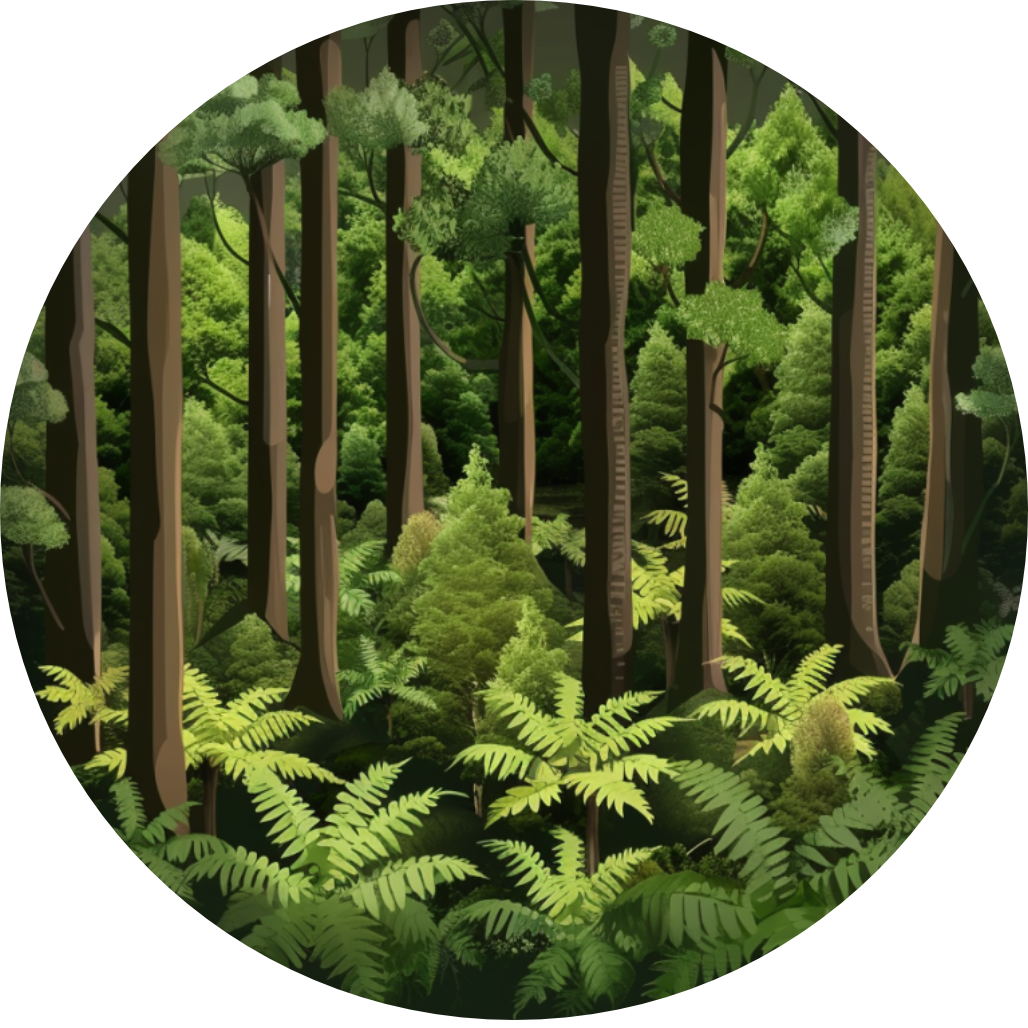
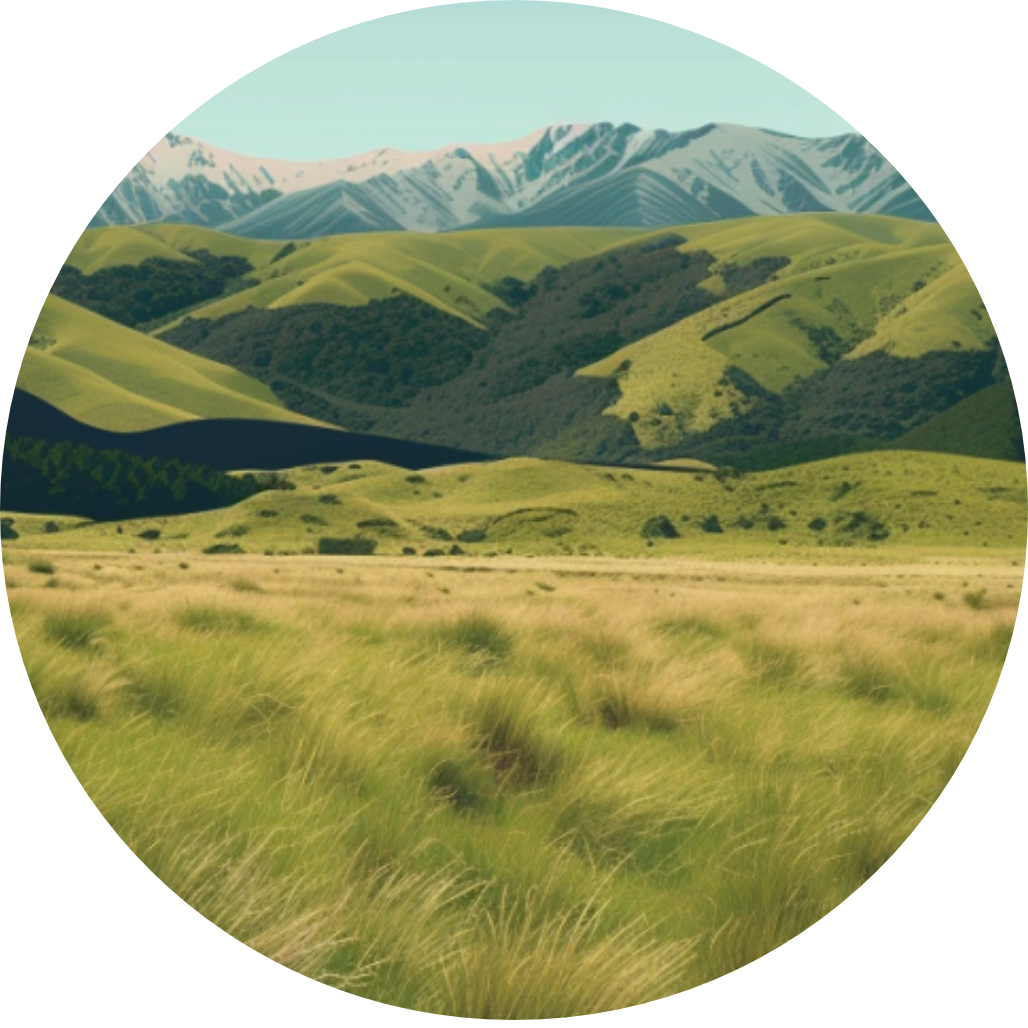
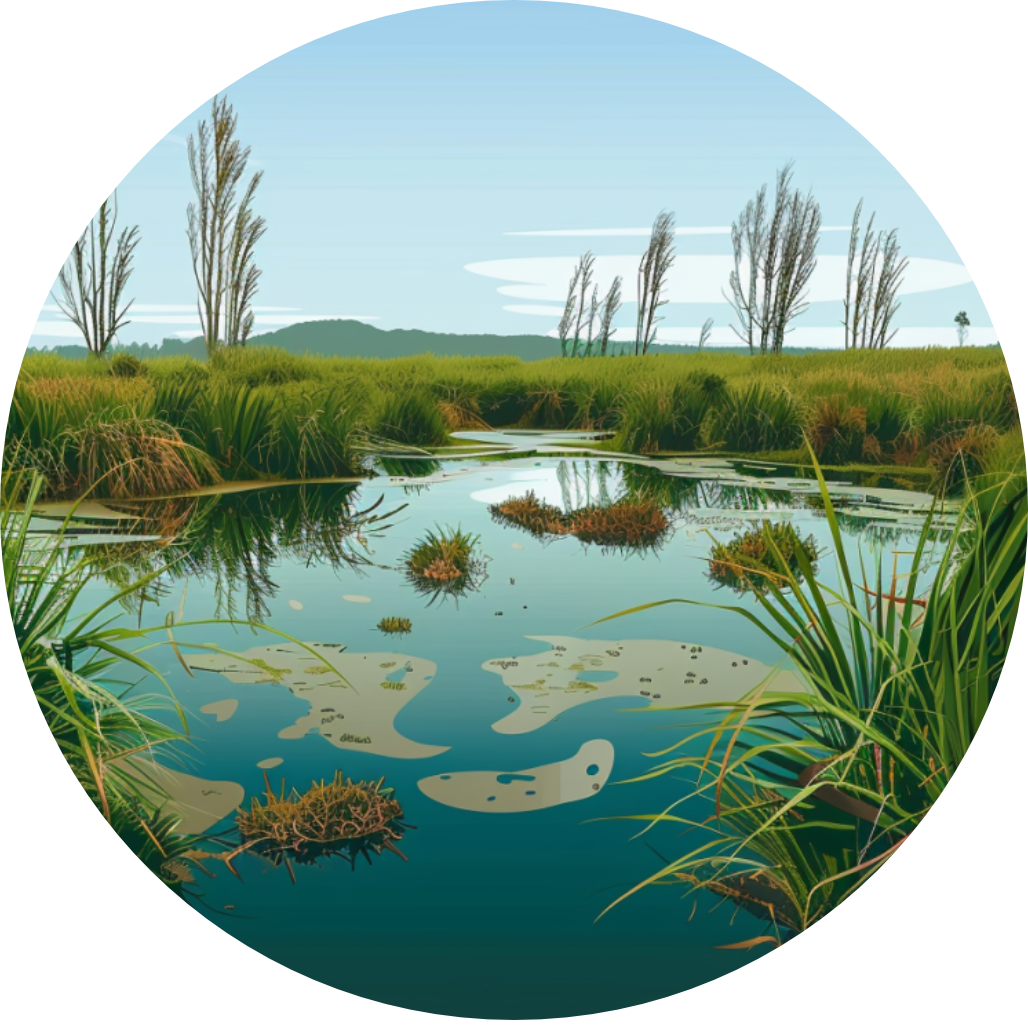

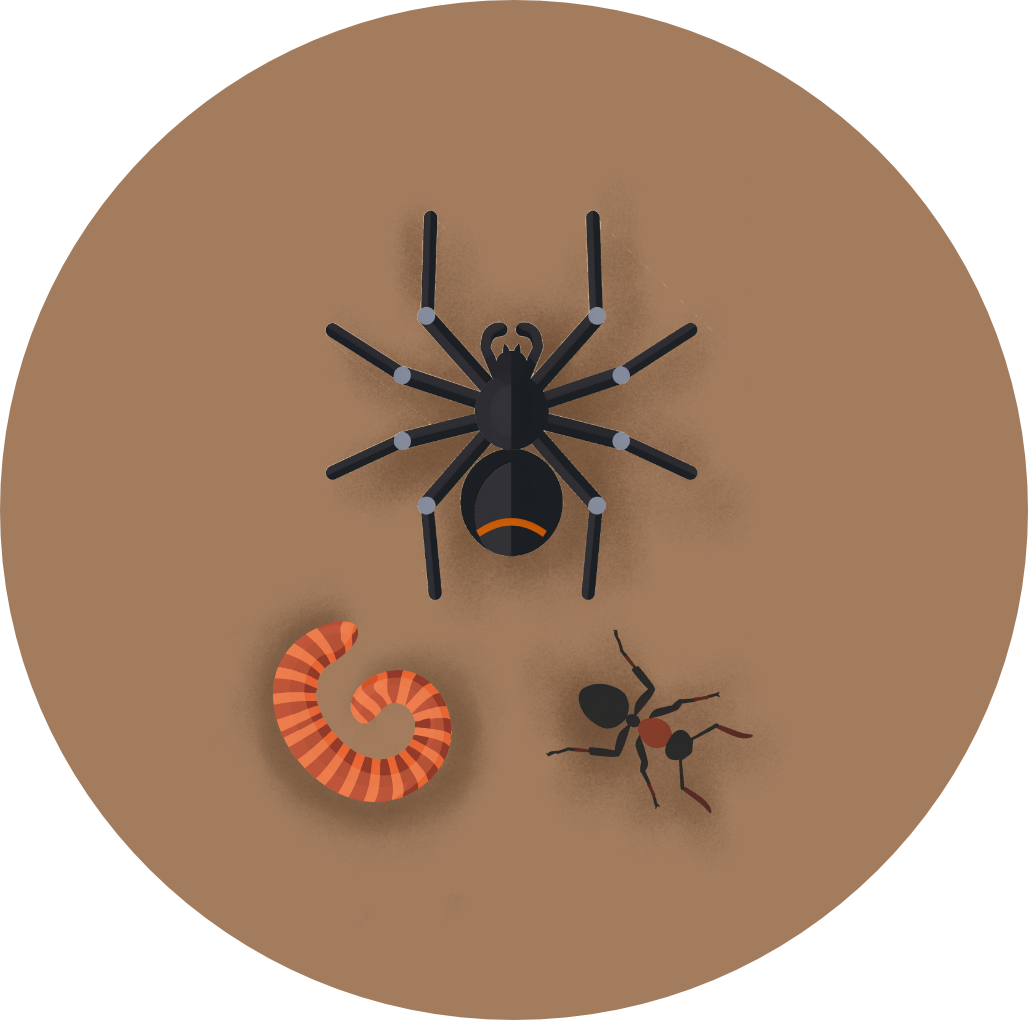
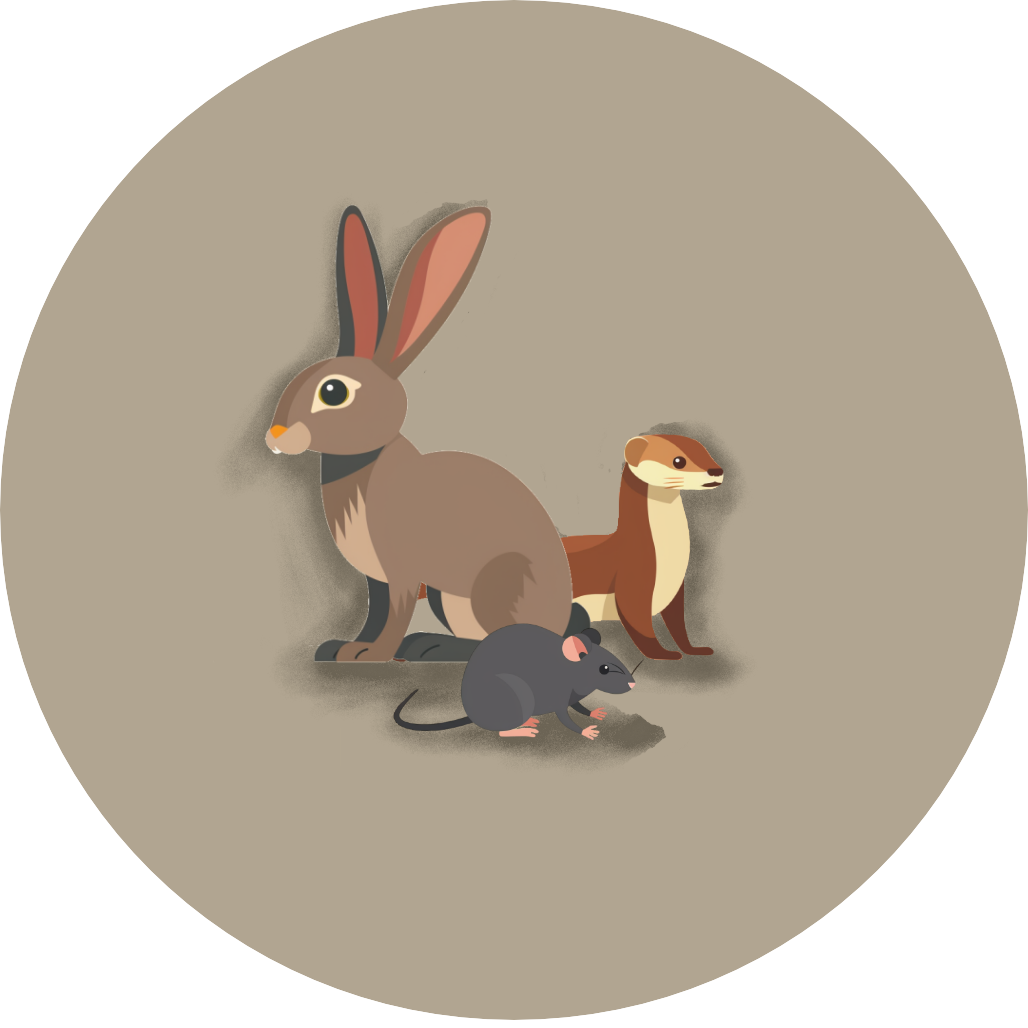

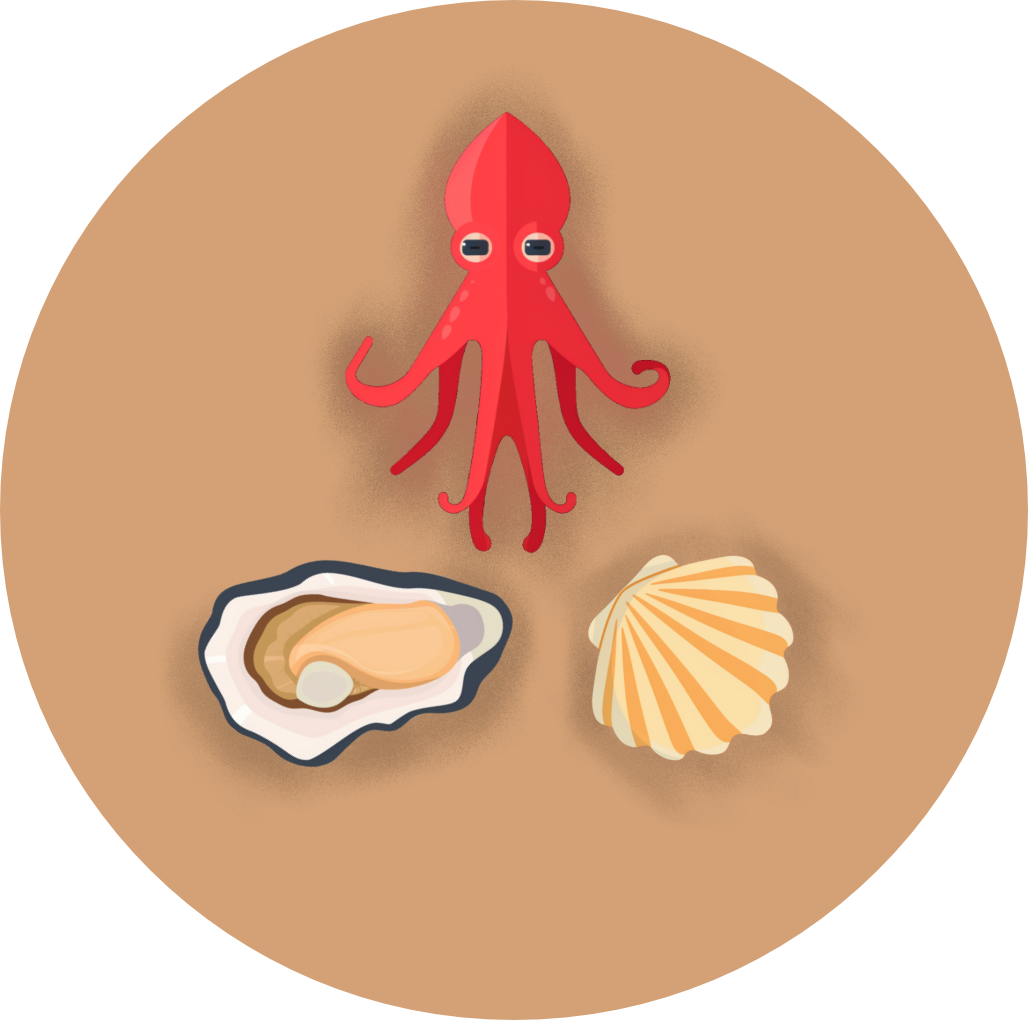
Coming Soon!
Top birding locations will be available in a future update.